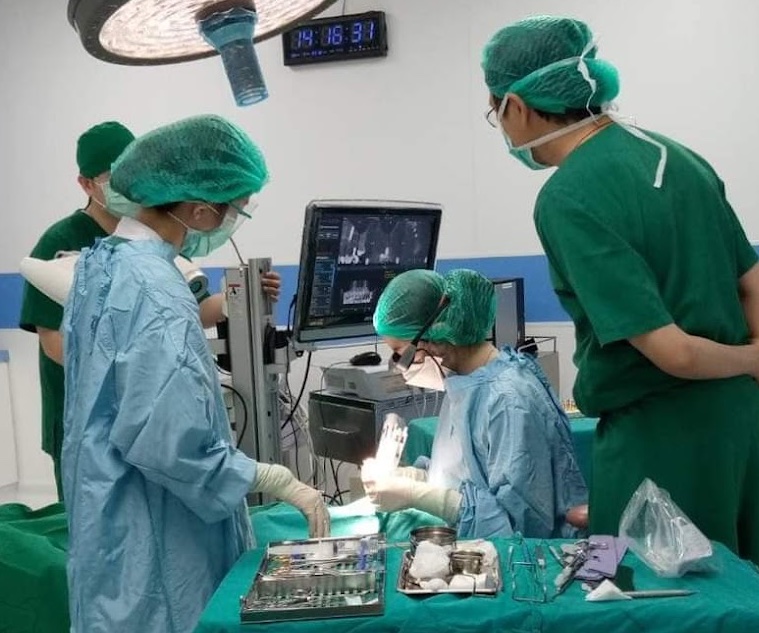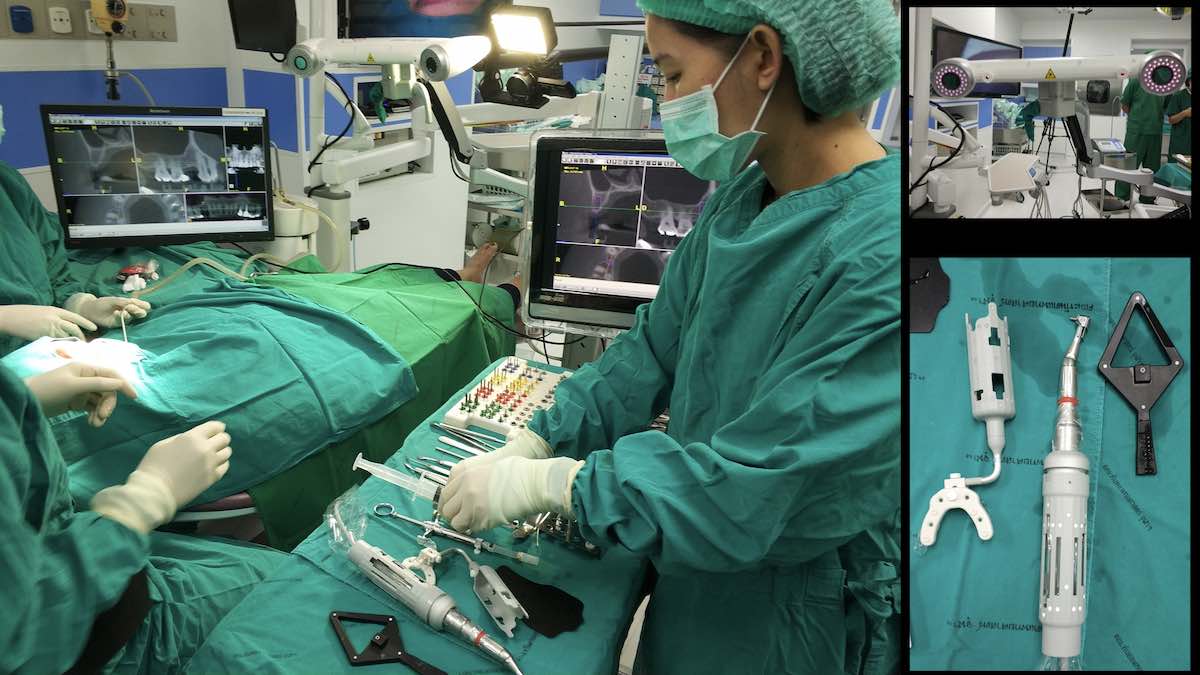Static and Dynamic computer assisted implant surgery appear to deliver the same level of accuracy if we study the average deviation. But this is only half the truth. By analysing frequencies instead of the mean we could see some important differences and clinical implications, as it becomes obvious that both dynamic and static CAIS will deliver “plug and play” immediacy in 40% of the cases, as opposed to only 10% for freehand. If we extend to include the small modification group then we see CAIS serving successfully as much as 80% of the cases! Think of the time and resources saved, the logistics and the patient experience and you have already a major benefit of CAIS, certainly not described in the previously reported means. That is of course if you follow an immediacy procedure. With a conventional loading protocol, the benefit of CAIS is probably not that important in clinical terms.


